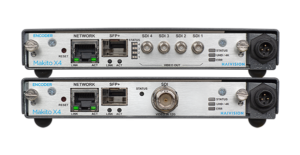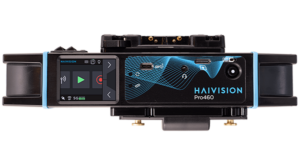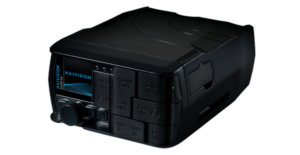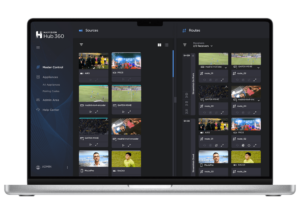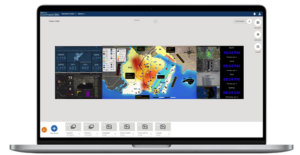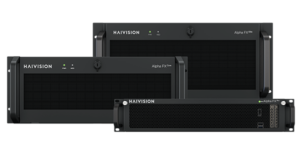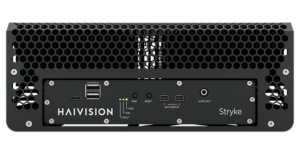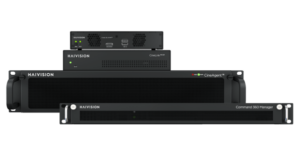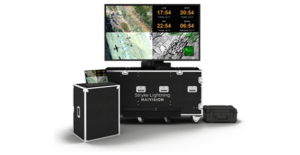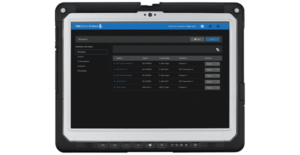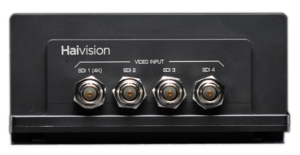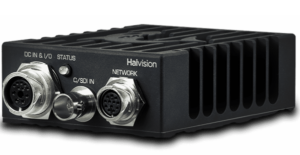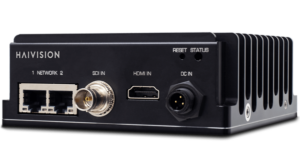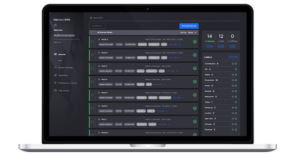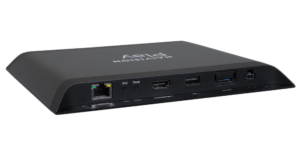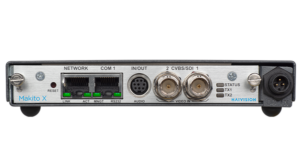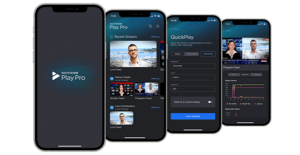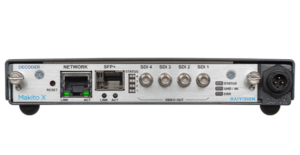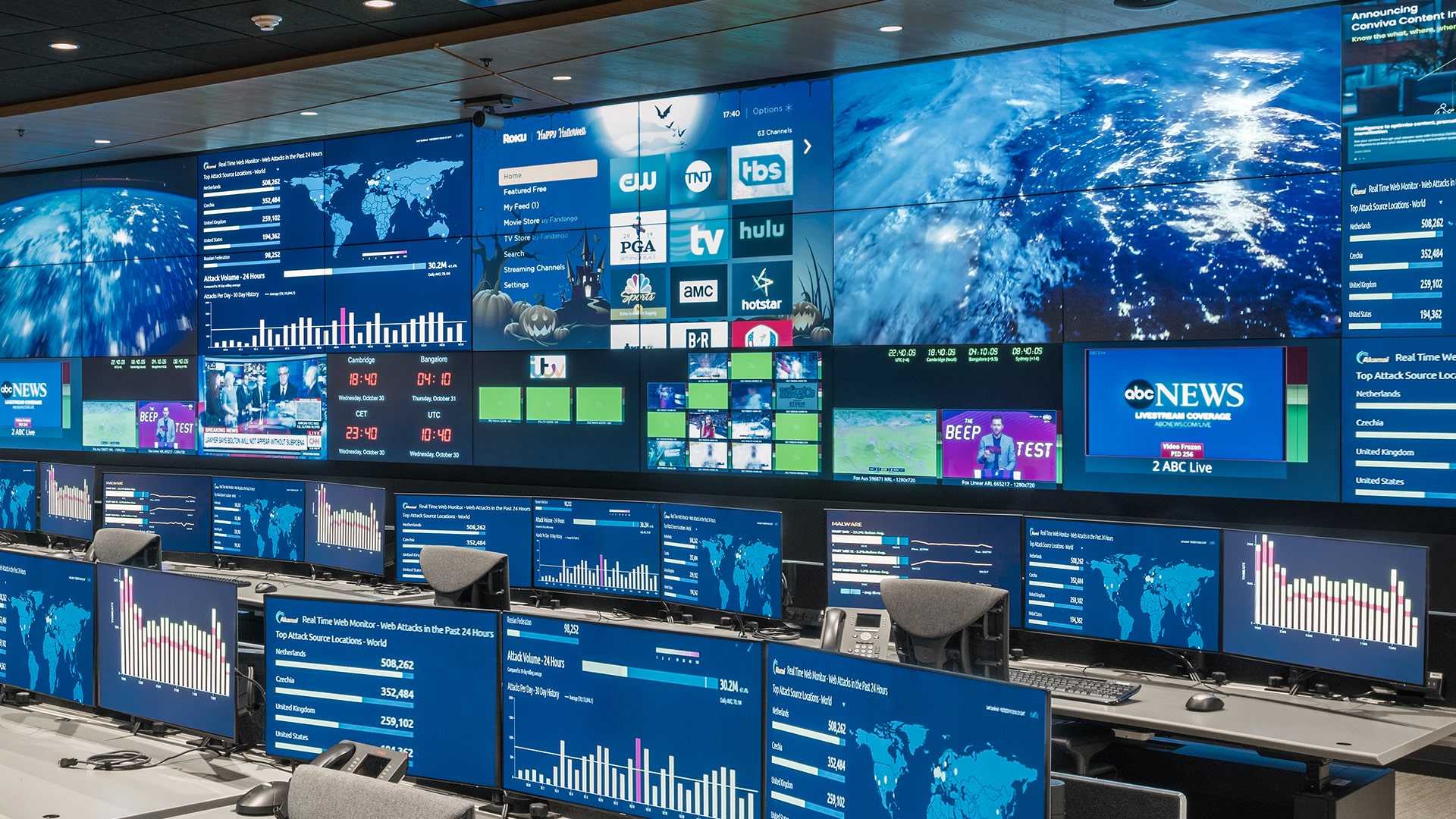Why a Video Wall System?
How Does Visualization Aid in Mission-Critical Operations? A video wall system is a considerable investment. So why spend the extra money instead of using a single large display, a projector, or a set of individual monitors? The info below will help guide you.
Why should I choose a video wall vs. a monitor display?
A video wall is an integrated solution. These days, the “wall” typically consist of multiple HD or 4K displays arranged together to create a very large canvas. A display wall is driven by a powerful processing and computing device called a video wall processor or controller.
Specialized content and device management software controls all of the system hardware and necessary content. A video wall behaves like a single display, but the technology behind it is far more complex and powerful. A complete system delivers performance, flexibility, and interactivity that simply isn’t possible with more basic solutions.
What makes the wall visually superior?
A video wall display can deliver superior performance such as:
- Higher Resolutions
Since video walls consists of a tiled array of displays, the total resolution of the display surface increases with each display added to the array. This means a video wall has a much larger display area and far higher resolutions than a single display or projector. Video walls are also much more scalable than projectors since expanding the display surface does not sacrifice image quality. - Powerful Processing
In a properly integrated system, all images and videos are processed through an external video wall processor. Sometimes called a controller, this external component leverages far more powerful processing hardware than those built into individual displays. These superior processing abilities enable video walls to deliver fluid visual performance and display large amounts of high-resolution content. - Superior Brightness
Most systems provide far brighter images with better contrast ratios than a front projector, which means they can be used in environments with windows or overhead lighting. That’s because the display technology used in video walls – such as LCD and LED – are less susceptible to being “washed out” by ambient light. These displays also maintain consistent brightness regardless of their size, while front-projected images become dimmer and blurry when they are enlarged.
What features can I count on for my comprehensive visual needs?
- Display a Variety of Content
Processors designed for video wall systems capture signals in different resolutions and formats from a wide range of devices such as cameras, computers, cable boxes, and more. All of these content sources are then accessed through a special software interface and displayed together on the video wall. A front projector or display alone can only connect with certain devices and are unable to display multiple content sources simultaneously. - Dynamic Content Placement
When using a video wall system, the controller enables all of the individual display “tiles” to work together as a single canvas. Based on the video wall software running the system, the processor can allow a piece of content to be placed on a single display, stretched across multiple displays, or dragged across the entire display surface. Multiple content windows can also be placed on a single display. - Content Manipulation Features
A processor with a feature-rich software interface provides a range of content management and manipulation tools. Content windows can be arranged, scaled, zoomed, cropped, and layered while active on the displays. Some software also provides advanced presentation-building features which allows users to create custom assets and automatic presentations. - Reliable & Resilient
Most video wall systems are built with industrial-grade components. Some are specifically designed for continuous 24/7 use in mission-critical environments. Consumer-grade projectors and displays use cheaper components and can’t provide the reliability or resilience of a professional video wall. Even high-end projectors require frequent maintenance and are vulnerable to vibration, humidity, and any light in the room. - Minimal Maintenance
Since video walls are designed for maximum reliability and uptime, most have no consumable parts and require virtually no maintenance over years of operation. In contrast, projectors demand regular downtime to replace expensive lamps and light engines. While a video wall system may initially cost more than a projector, their low maintenance costs make them a more affordable option for the long term. - Flexible Size & Shape
Flexibility in terms of size and shape makes a display wall stand out vs. a single display. Depending on the display type and how it is mounted, they can be attached to a wall, free-standing, curved, non-rectangular, or even three-dimensional. They can be small enough to be portable or scaled to massive sizes. This unique versatility means a video wall can be used in a wide range of location and use-cases.
Tour a Virtual Operations Center!
Explore our visual technology through an interactive 3D model of an operations center.

